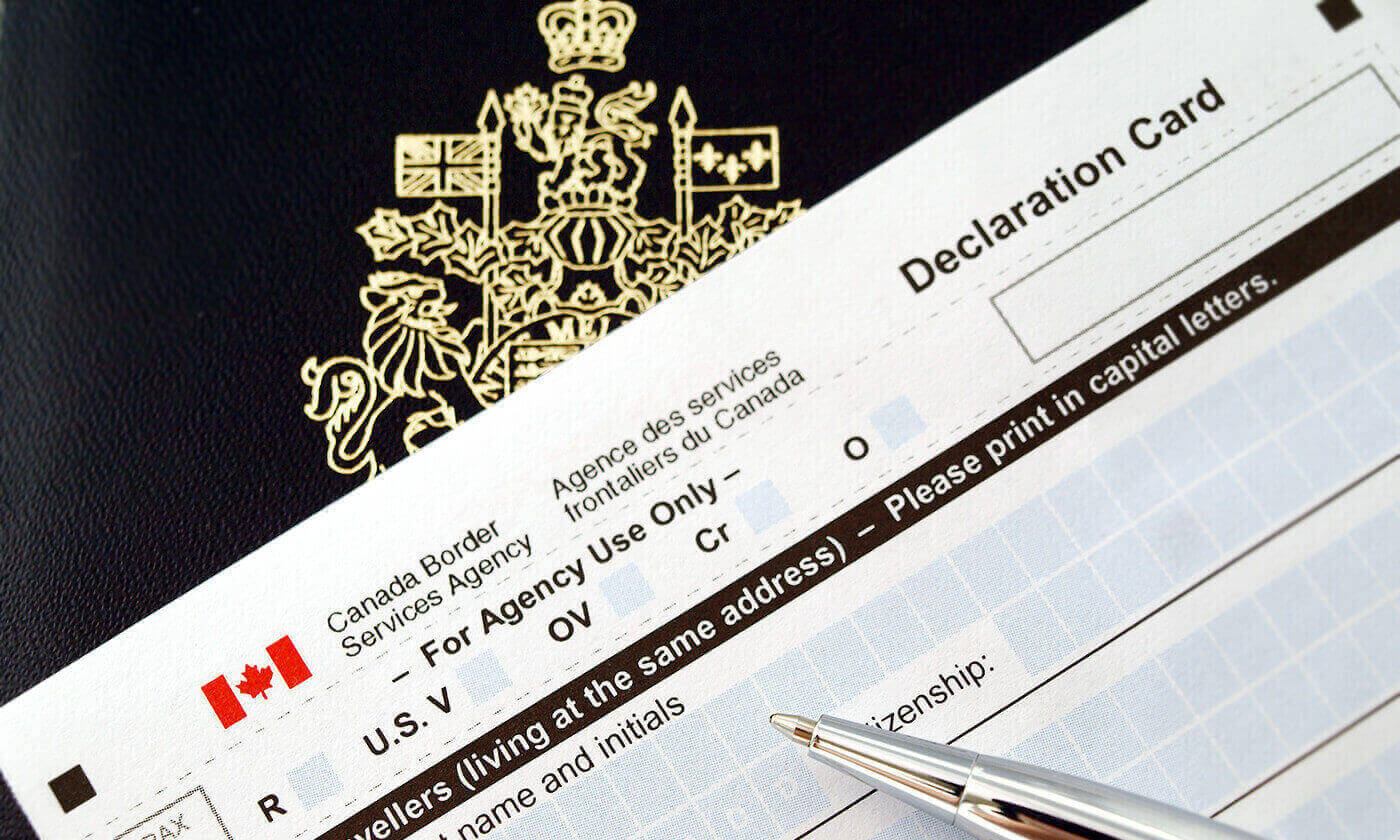When it comes to legal matters involving DNA relationship testing—whether it’s establishing paternity, confirming familial relationships for immigration purposes, or resolving custody disputes—maintaining a strict chain of custody is absolutely essential. But what exactly is chain of custody? This important process ensures the integrity of the DNA sample from the moment it’s collected until the results are reported.
What is the Chain of Custody?
For legal DNA paternity and relationship testing, chain of custody refers to the chronological documentation showing the seamless trail of who handled the DNA samples at each step. This provides evidence that the samples were controlled, transferred securely, and accounted for from initial collection to final reporting by our DNA testing laboratory.
Why is the Chain of Custody Important in Legal DNA Testing?
In cases involving child custody, child support, inheritance, and other legal matters, the results of DNA tests can have significant consequences. Maintaining an impeccable chain of custody preserves the integrity of the DNA samples and test results.
A secure chain of custody ensures:
- Authenticity: The samples collected truly belong to the individuals named in the test.
- No Tampering: The samples are protected from accidental or intentional interference.
- Sample Security: There is a clear record of all individuals who had control or custody of the DNA samples.
- Court Acceptance: A secure chain of custody is often a requirement for DNA evidence to be accepted in Canadian legal proceedings.
Essentially, proper chain of custody acts as “proof of protection” for the samples and conclusively ties them to the tested parties. Any break in the process could make the evidence inadmissible or open to challenge.
Genetrack’s Proven Chain of Custody Process
At Genetrack Biolabs, we follow stringent best practices and a robust chain of custody process for all legal paternity and relationship DNA tests:
- Sample Collection: A neutral third party (e.g., healthcare professional) collects the samples, preventing potential conflict of interest. They verify each person’s identity with photo ID.
- Documentation: The collector completes a detailed chain of custody form, including names, fingerprints, photos, and the collection date/time. This form accompanies the samples throughout the process.
- Sealing and Packaging: Tamper-evident seals safeguard the samples against contamination or tampering.
- Sample Transfer: The collector uses a courier to transport sealed samples directly to our laboratory.
- Lab Analysis: Our laboratory verifies seals and documentation before beginning the analysis, maintaining the chain of integrity.
- Results Reporting: The results are reported to the requesting parties, along with the complete chain of custody documentation.
With our proven chain of custody process, you can be confident in the accuracy and admissibility of your legal DNA test results for paternity, immigration, custody disputes, and more.

